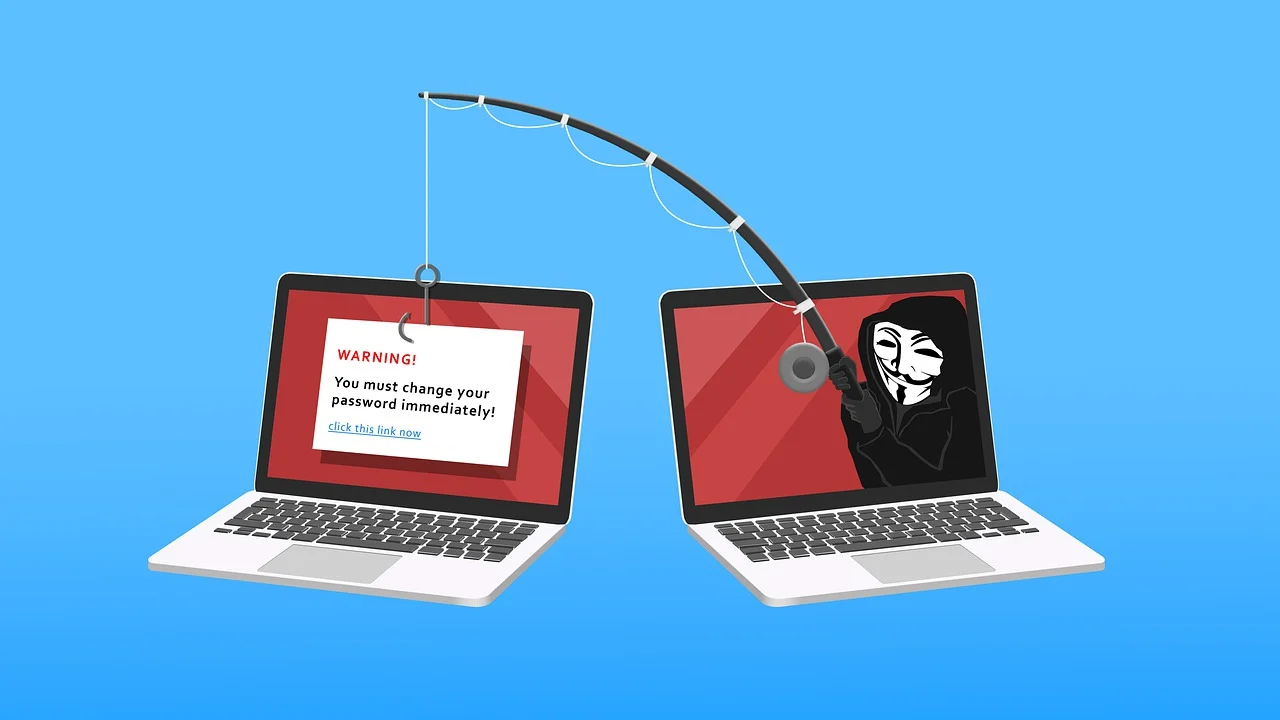
Beware the Hook: Unmasking the Threat of Phishing
In the ever-evolving landscape of cybersecurity threats, phishing stands as one of the most persistent and cunning adversaries. This digital-age scam has been a perpetual menace to individuals, businesses, and organizations worldwide. In this article, we will delve into the depths of phishing, understanding its modus operandi, impact, and how to fortify our defenses against this crafty cyber threat.
Unmasking the Phishing Scheme
Phishing is a deceptive practice employed by cybercriminals to dupe individuals into revealing sensitive information, such as login credentials, financial details, or personal information. These perpetrators often masquerade as legitimate entities, making it challenging for victims to discern their true intent.
The Anatomy of a Phishing Attack
Phishing attacks can manifest in various forms, with email phishing being the most prevalent. In such scenarios, attackers send fraudulent emails that impersonate trusted organizations, luring recipients into clicking malicious links or downloading harmful attachments. The email often contains alarming or enticing subject lines, designed to invoke an immediate response.
Spear phishing, a more targeted variant, tailors the attack to a specific individual or organization, often relying on detailed reconnaissance and personalization. These attacks are exceptionally deceptive, as the sender appears to be a known contact or authority figure.
Another nefarious breed is vishing, which involves voice calls, often impersonating customer service representatives or other trusted figures. The goal is to extract information through manipulative conversations.
Finally, smishing employs text messages, duping recipients into clicking on harmful links or disclosing sensitive information through text communication.
The Pervasive Threat and Its Consequences
Phishing has grown increasingly sophisticated over the years, posing a severe risk to individuals and businesses alike. The consequences of falling victim to a phishing attack can be dire.
Financial Loss: Phishing attacks can lead to unauthorized access to bank accounts or credit card information, resulting in substantial financial losses for individuals and businesses.
Data Breaches: Organizations can suffer data breaches, compromising sensitive customer or employee information. These incidents not only incur financial penalties but also damage reputation and trust.
Identity Theft: Personal information obtained through phishing can be used for identity theft, leading to devastating consequences for victims.
Malware Infections: Many phishing attempts involve the delivery of malware that can infect devices, leading to data theft, ransomware attacks, or unauthorized access to systems.
Protecting Against Phishing Threats
While phishing attacks continue to evolve, there are several proactive measures individuals and organizations can take to mitigate the risks:
- Education and Awareness: The first line of defense against phishing is education. Individuals and employees should be trained to recognize phishing attempts and encouraged to report suspicious messages.
- Verify the Sender: Always verify the authenticity of the sender, especially for unexpected emails or messages. Contact the organization directly if in doubt.
- Beware of Urgency and Emotion: Phishers often use urgency or emotional appeals to manipulate recipients. Be skeptical of messages that invoke panic or extreme curiosity.
- Check URLs: Hover over links to reveal the actual URL before clicking. Ensure it matches the legitimate website’s domain.
- Use Multi-Factor Authentication (MFA): Implement MFA wherever possible to add an extra layer of security to your accounts.
- Regular Updates and Patches: Keep software, operating systems, and antivirus programs up to date to protect against malware.
- Email Filters: Enable email filtering and employ advanced threat protection solutions to detect and block phishing emails.
- Secure Communication Channels: Use secure messaging apps for confidential discussions and avoid sharing sensitive information through email or text.
- Report Suspected Phishing: If you receive a suspicious email or message, report it to your organization’s IT department or the relevant authorities.
The Battle Against Phishing Continues
Phishing remains a pervasive and evolving threat in the digital age. Cybercriminals continually adapt their tactics to exploit vulnerabilities and deceive unsuspecting victims. However, with vigilance, education, and robust cybersecurity measures, individuals and organizations can fortify their defenses and thwart phishing attempts. In this ongoing battle, knowledge is power, and staying informed and alert is our most potent weapon against the deceptive hooks of phishing.

